Publications
Laako, H. & Kauffer, Edith. 2025. The Maya Forest Waterlands: Shared Conservation, Entangled Politics and Fluid Borders. Routledge Series on Conservation and Environment. Open Access E-book.
This book examines the entanglements and blurred edges of nature conservation and geopolitical relations in the borderlands of the trinational Maya Forest.
Maya Forest is an umbrella term for transboundary conservation developed by scientists and conservationists in the 1990s to protect the threatened rainforest in the borderlands of Mexico, Belize, and Guatemala. Currently, the Maya Forest is a biodiversity hotspot composed of a network of protected areas and heritage sites. However, issues related to water, land, and forests have often been treated as separate political units, and not as part of the same history. Written by two authors with decades of hands-on experience in this region, this book sheds light on the complex dynamics by which conservation and natural resource management geopolitically shape borderlands such as the Maya Forest. The book introduces the novel concept of forest waterlands as borderlands and fluid edges, which are now subject to concern by conservationists. These are entangled spaces in which conservation, peoples, and politics interact, connect, and disconnect with the nexus of waters, forests, and lands. The book sheds light on the building and mapping of the Maya Forest ecoregion, with particular attention to water as an often neglected, but unifying element. It showcases how the Maya Forest is a distinct region characterized by transformations entangled with the Maya, trails of biological stations, the shared history of chicleros (chewing-gum hunters), fluid international rivers and transboundary basins, and various geopolitical discrepancies. It offers a contemporary glimpse into the Maya Forest’s intertwined bio- and geopolitics, which urge us to rethink borders and boundaries.
This book will be of great interest to students and scholars of nature conservation, global environmental politics, geopolitics, borderlands, international relations, and natural resource management.
Laako, H. 2023. Erämaiden omimisesta häilyviin metsänreunakohtaamisiin: Selva Maya ekologisena rajamaana ja -vyöhykkeenä. Alue ja Ympäristö 51:2, 65-85. Open access.
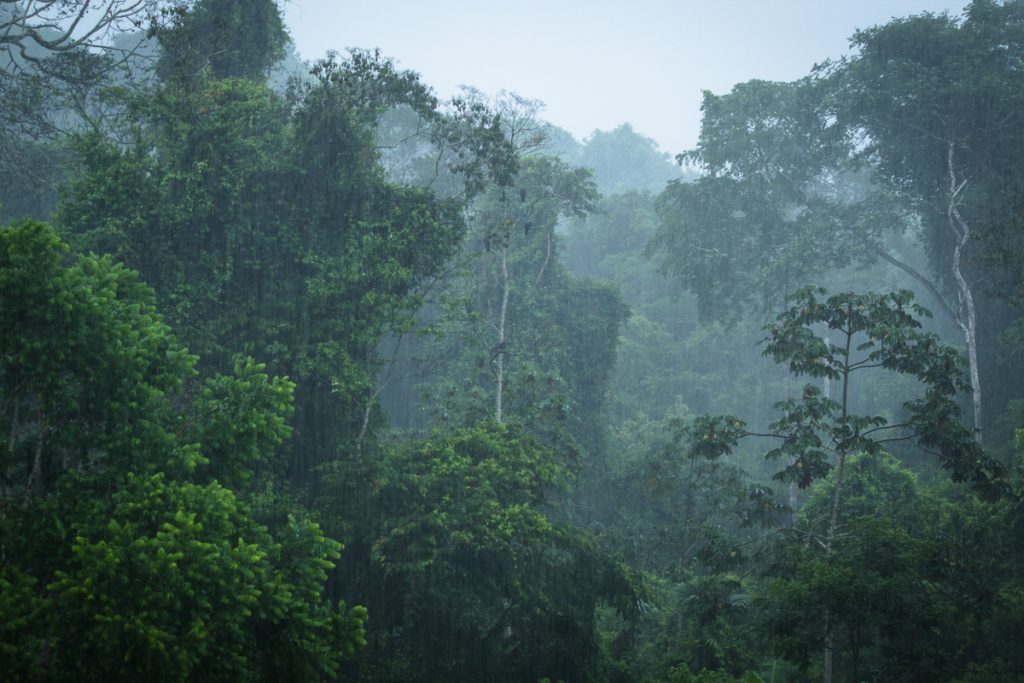
Rajavyöhyke (frontier) on käsite, jolla on viitattu sekä eteenpäin kulkevaan linjaan että perifeeriseen alueeseen, johon kohdistuu valtasuhteita muokkaavia resurssivalloituksia. Rajamaiden (borderlands) käsite taas syntyi paikkaamaan rajavyöhykkeen kolonialistisina pidettyjä jakolinjoja tutkimalla joko kirjaimellisia tai kuvainnollisia valtakeskusten reuna-alueita niiden asukkaiden näkökulmasta ja omilla ehdoillaan. Kumpikin käsite tutkii kuitenkin samanlaista kohdetta: syrjäseutuja. Viime vuosikymmeninä monille luonnon monimuotoisuudeltaan rikkaille metsänreunoille on kohdistunut erilaisia luonnonsuojelullisia toimia ja tavoitteita, joita on pääosin tulkittu erämaita omivan ekologisen vyöhykkeen (eco-frontier) käsitteen kautta. Tämä artikkeli valottaa rajavyöhykkeen ja rajamaan käsitteiden luontosuhdetta tutkimalla, mitä metsäisten reuna-alueiden luonnonsuojelullistaminen merkitsee. Artikkeli käsittelee asetelmaa Selva Mayan eli niin sanotun Maya-metsän tapauksessa. Selva Maya on luonnonsuojelijoiden ja tutkijoiden kehittelemä termi, jolla viitataan Mesoamerikan trooppisen sademetsän suojeluun Meksikon, Guatemalan ja Belizen reunamilla. Selva Mayan tarkastelu osoittaa, että eko-vyöhykkeen oletukset erämaiden omimisesta toisintavat ongelmallisia jakolinjoja. Artikkeli käsitteellistääkin vaihtoehtona ekologisia rajamaita (eco-borderlands) reuna-alueiksi, joihin kohdistuu ekologisia toimia ja huolia. Samalla ne ovat kuitenkin kohtaamispaikkoja ja risteyksiä, joiden valtasuhteet väistävät autenttisia määritelmiä ja luovat omanlaisiaan, sekoittuneita, epäpuhtaita luontosuhteita.
From Wilderness Appropriations to Fluid Forest Edges: The Maya Forest Eco-Borderlands and -Frontiers
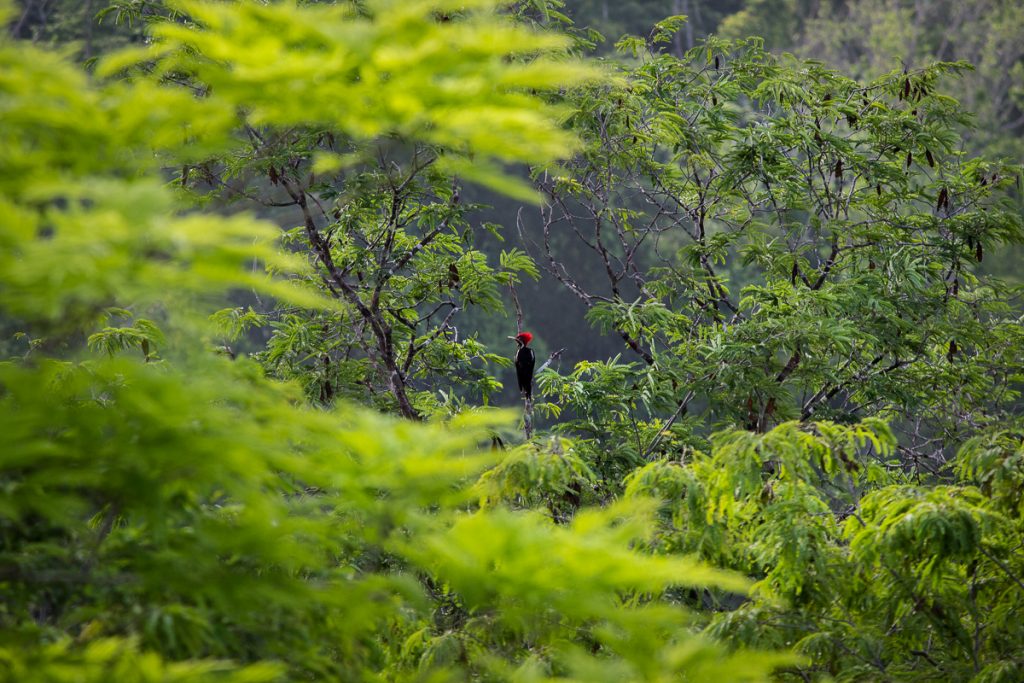
Frontier refers to an advancing front and a peripheral area subject to resource conquests that transform power relations. Again, borderlands was born to rethink the frontier’s colonial, binary divisions from within the edges of empires. Both notions explore outermost regions. Recently the peripheral, biodiversity rich regions have become subject to ecological concerns and actions, interpreted as advancing eco-frontiers. This article sheds light to the antagonistic but entangled frontiers and borderlands – and their relationship to nature – by exploring the ways in which conservation shapes forests in these kinds of fringes. The article builds on the case of the Maya Forest (Selva Maya), a notion developed by conservationists and scientists to conserve the humid, tropical rainforests in the borderlands of Mexico, Belize and Guatemala. The Maya Forest case suggests that the eco-frontier pre-assumption of wilderness appropriation reproduces problematic frontier binary categories. In lieu, the article conceptualizes ecological borderlands (eco-borderlands) as fluid edges subject to ecological actions and concerns, yet also as crossroads and places of encounters, where power relations evade authentic, purist definitions and create symbiotic, uncertain and human/nature entanglements.
Laako, H., Ramos Muñoz, D., Pliego Alvarado, E & Marquez, B. 2022. La construcción de un eco-frente en la región fronteriza de la Selva Maya. Estudios Fronterizos 22, e105. Open access.
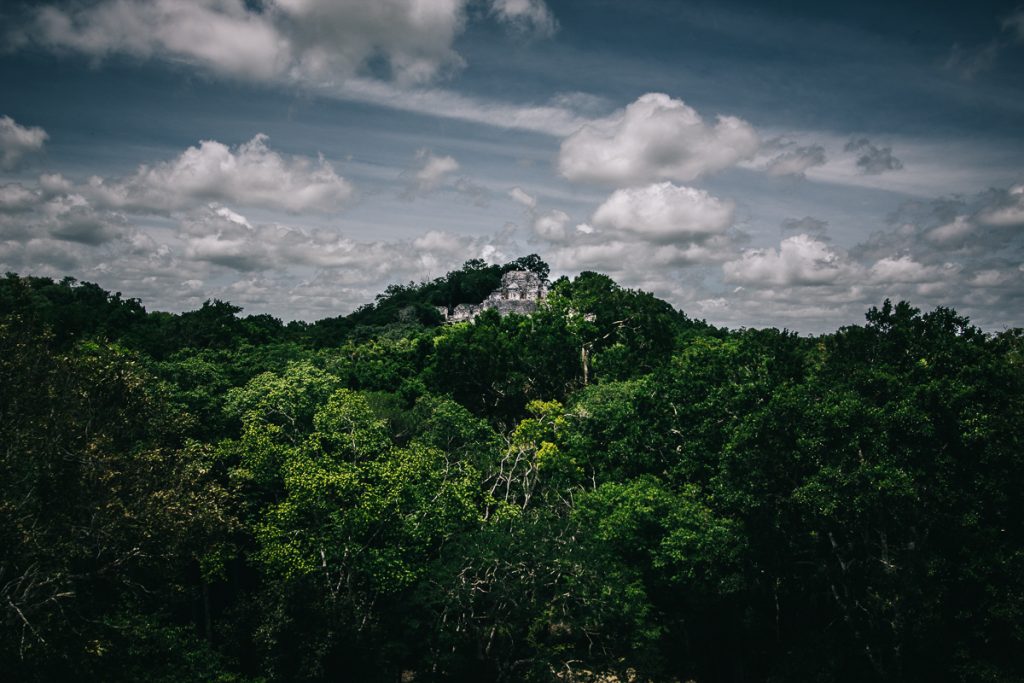
El concepto de eco-frente analiza las acciones de actores ecológicos con la finalidad de considerar la manera en que contribuyen para transformar los territorios de alta biodiversidad. Los eco-frentes son apropiaciones espaciales y discursivas que evolucionan en etapas históricas. Este artículo analiza el caso de la Selva Maya como un eco-frente a partir de la década de 1970. La Selva Maya es un concepto construido por actores ecológicos para conservar selvas tropicales que cubre a la región fronteriza entre México, Guatemala y Belice. Se analizan materiales de primera mano que demuestran cómo la construcción del concepto ha transformado la región fronteriza en una eco-región paisajística para la conservación de selvas tropicales. Si bien, su apropiación de lo maya en su sentido científico y turístico refiere a la construcción de regiones fronterizas internacionales bioculturales, deja abierta la cuestión de derechos indígenas, su contexto multicultural, y de multiespecies.
Eco-frontier building in the Maya Forest borderlands
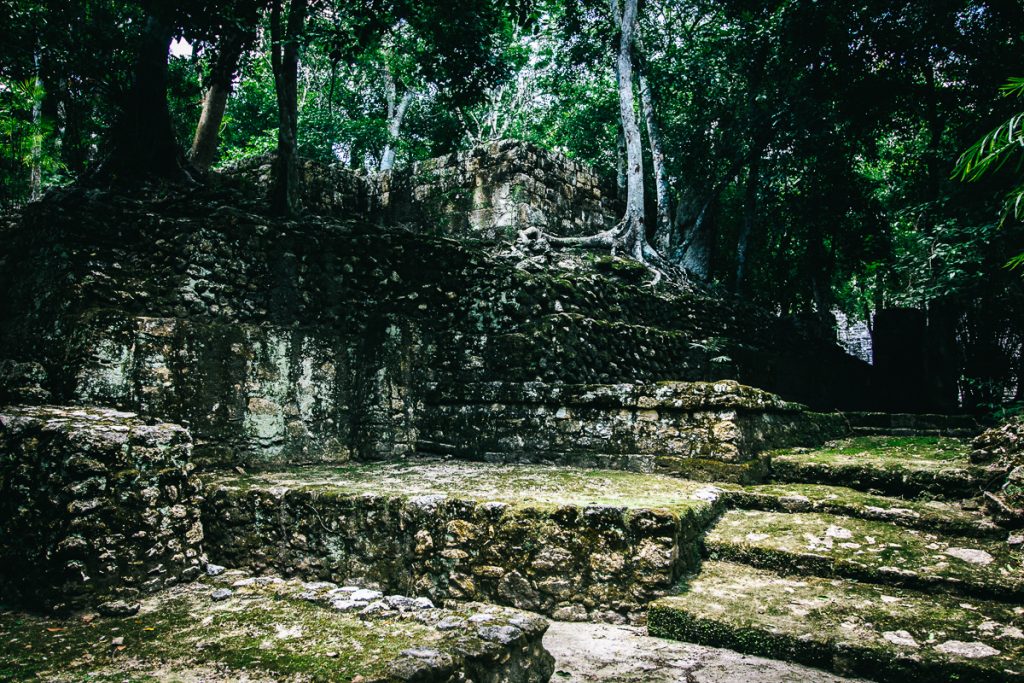
Abstract
The concept of eco-frontier examines the actions of ecological actors to analyze the ways in which these contribute to transform biodiversity-rich territories. Eco-frontiers are discursive and spatial appropriations that evolve in different historical stages. This article analyzes the case of the Maya Forest as an emerging eco-frontier since the 1970s. The Maya Forest is a concept constructed by ecological actors to conserve tropical rainforest that covers the border region between Mexico, Guatemala, and Belize. Based on analysis of various first-hand materials, the article shows how the construction of the Maya Forest-concept has transformed the borderland into a scenic eco-region subject to tropical conservation. Simultaneously, the appropriation of the Maya in its scientific and touristic dimension suggests the construction of international biocultural borderlands. However, the issue of indigenous rights, multicultural context and that of multispecies remain subject to debate.
Laako, H., Pliego Alvarado, E. Ramos Muñoz, D & Marquez, B. 2022. Transboundary Conservation and Nature States in the Maya Forest: International Relations, challenged. Globalizations. Open Access.
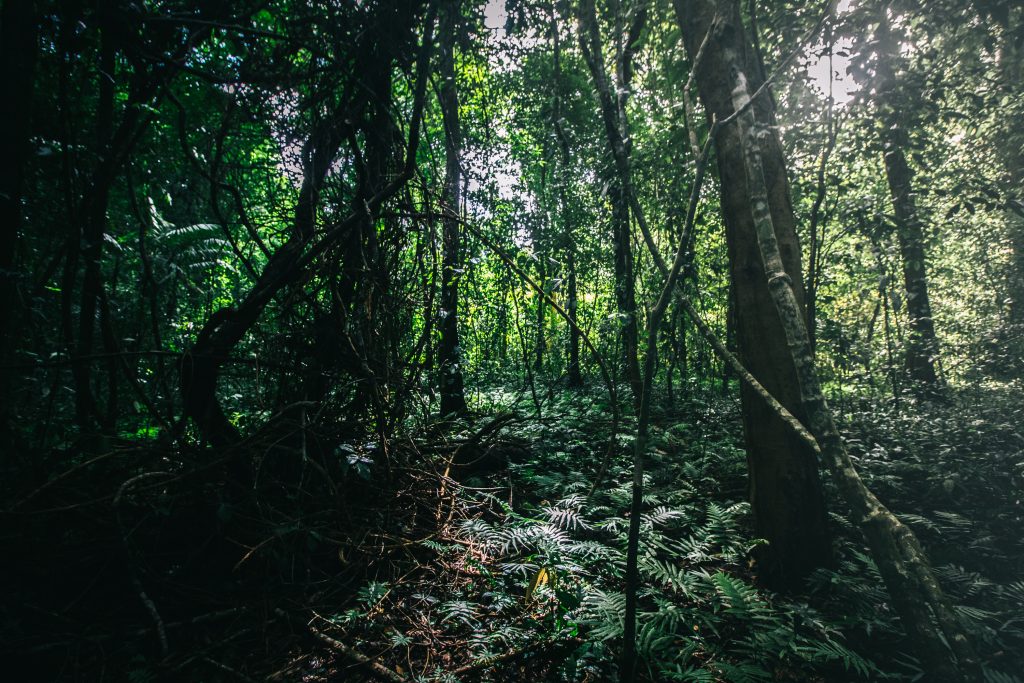
Transboundary conservation is a strategy developed by international conservation organizations to safeguard biodiversity along and across borders and to enhance peace-building among nation-states and border communities. Currently, there are over 200 transboundary conservation cases worldwide, suggesting that the strategy is a significant yet under-researched area in International Relations. Based on empirical research and mapping, this article examines the relationship between transboundary conservation and international relations in the case of the Maya Forest, which refers to the tropical rainforest borderlands between Mexico, Guatemala, and Belize. By analyzing transboundary conservation and its international relations, the article reveals how the strategy reinforces nature states. As a strategic complex composed of heritage sites and biosphere reserves, the Maya Forest is constructed as a shared biocultural landscape. However, national borders are simultaneously fostered by internationally adjoining protected areas to maintain the status quo. In conclusion, this strategy assists in building complex and subtle environmental international relations.
Laako, H and Kauffer, E. 2022. Between colonising waters and extracting forest fronts: Entangled eco-frontiers in the Usumacinta River Basin. Political Geography 96, 102566. Open Access.
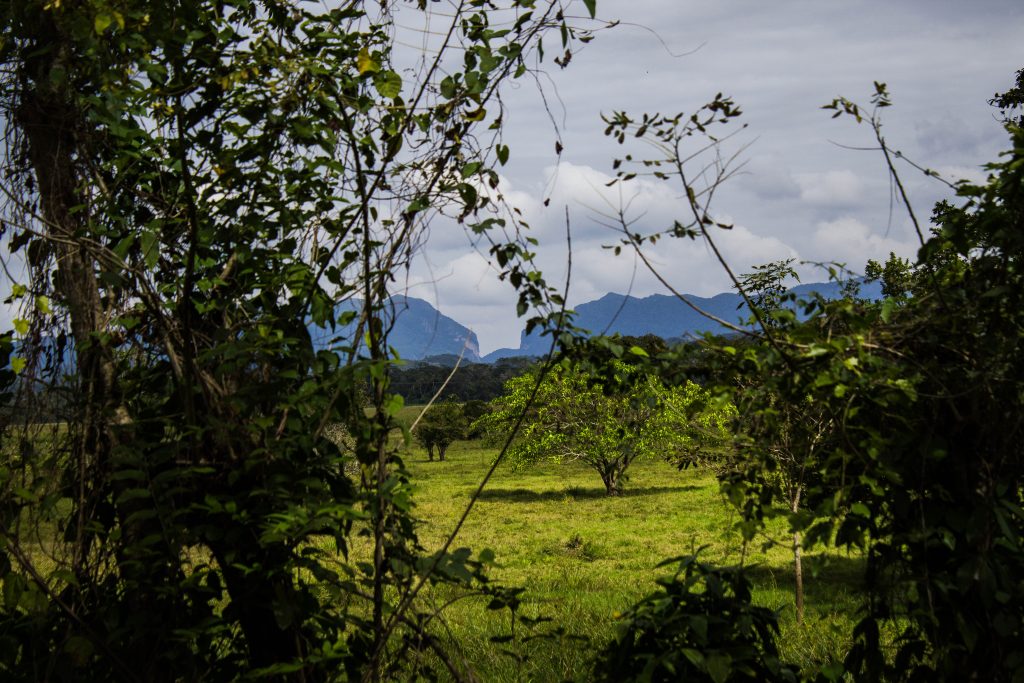
The eco-frontier concept has addressed the processes of certain territories that are subject to ecological concern and appropriation of different actors. This study approaches the underexplored interaction with the frontier. The article sharpens the focus on the relations between the eco-frontier and the frontier as both a naturally rich periphery with importance to political centres and as an advancing front. The research discusses empirical results in the case of the transboundary Usumacinta River Basin (URB), which extends from Guatemala’s highlands and lowlands through three Mexican states to the Gulf of Mexico. Three historical stages of eco-frontiers—exploratory, epistemic, and institutionalised—are identified in the URB. Its entangled eco-frontiers transform wildernesses and waters to forest ecosystems with inhabitants both spatially and mentally, yet contain some colonial, geopolitical, and global components. This article suggests that the eco-frontiers are fundamentally created because of contemporary frontier dynamics.
Laako, H and Kauffer, E. 2021. Conservation in the Frontier: Negotiating Ownerships of Nature at the Southern Mexican Border. Journal of Latin American Geography 20:3, 40-69. Open access.
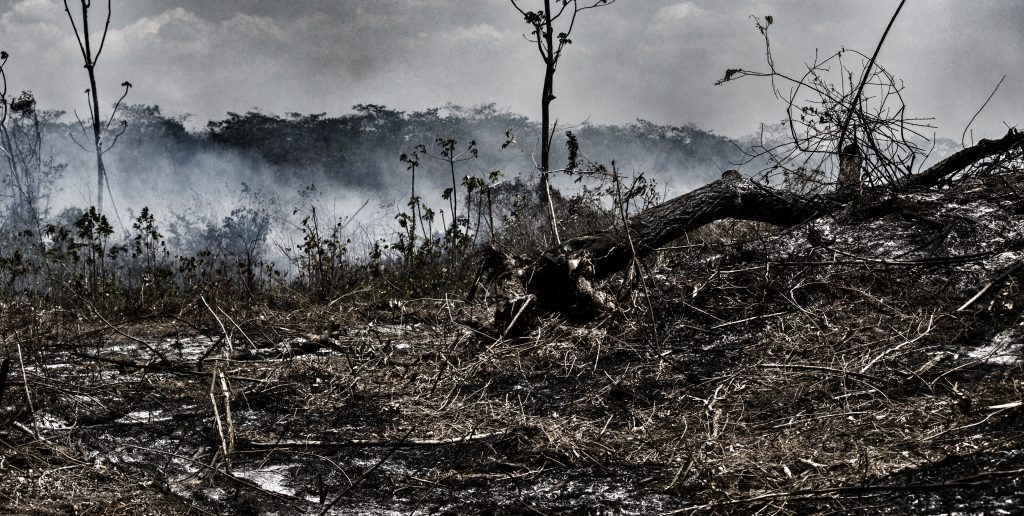
The past decade has seen a revival of the long-disfavored concept of frontier, which now elucidates the interdependence between political centers and their naturally rich peripheries in the Global South. “Frontier” has referred to the cyclical discovery of and competition over new resources, and the transformation of power relations in a given space. We contribute to this discussion by exploring its relation to nature
conservation. Examining conservation practices along Mexico’s southern border, this article addresses conservation as an unsettled process that pierces the frontier’s politics of nationalizing space and communities. In this way, conservation practices become negotiations over ownerships of nature. These negotiations involve resistance, adaptation, and counter-conservation, and they also influence human-nature relationships. The article shows that conservation practices relate to spheres of both the state and local communities in ways that allow the study of the frontier beyond given binaries and oppositional forces and toward contested, multiscale deliberations about the control of, access to, rights, and attachments to nature.
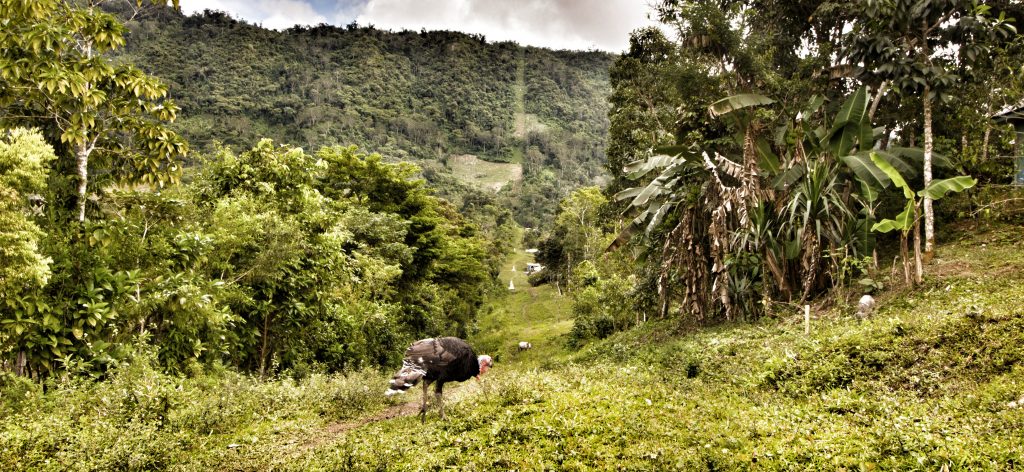
Resumen
Durante la última década el concepto de la frontera-frente (frontier) ha sido revitalizado por varios autores que han destacado su pertinencia para evidenciar la interdependencia entre los centros políticos y sus periferias abundantes en recursos naturales en el Sur Global. La frontera-frente ha referido al descubrimiento cíclico de nuevos recursos naturales, y la competencia sobre ellos, así como a la transformación de relaciones de poder en un espacio. El artículo contribuye a este debate actual sobre la frontera-frente, al explorar su relación con la conservación de la naturaleza. Mediante un análisis de las prácticas de conservación en la frontera sur de México, el artículo aborda la conservación como un proceso irresuelto que atraviesa la política de nacionalización del espacio y de las comunidades. De esta manera, las prácticas de conservación revelan las negociaciones sobre las apropiaciones relacionadas con la naturaleza. En términos de las prácticas de conservación, éstas incluyen la resistencia, la adaptación y la “contra-conservación” que también influyen en las relaciones sociedad-naturaleza. El artículo argumenta que las prácticas de conservación se relacionan tanto con los espacios del Estado como de las comunidades locales de tal manera que permite estudiar la frontera-frente más allá de perspectivas fundamentadas en oposiciones binarias para proponer visiones orientadas en torno a las deliberaciones asociadas a las disputas sobre el control, el acceso, los derechos y las conexiones con la naturaleza.
Previous research related to the topic

Álvarez, G., Laako H., and E, Kauffer. 2019. “Apenas empieza a llover y ya tiene miedo: Las inundaciones en Motozintla, Chiapas, entre política fallida y percepciones locales del riesgo”. In Kauffer Edith (ed), Dimensiones Políticas de los Recursos Hídricos: Miradas cruzadas en torno aguas turbulentas. México: CIESAS, pp. 192-225. ISBN: 978-607-486-494-6.
Laako H. and Álvarez G. 2018. “Cuencas transfronterizas: una aproximación analítica hacia las relaciones internacionales (RI) y la política global”. In Kauffer Edith (ed.), Cuencas transfronterizas: la apertura de la presa del nacionalismo metodológico. México: CIESAS, pp. 225-261. ISBN: 978-607-486-494-6.
Laako H. 2016. Decolonizing Vision on Borderlands: The Mexican Southern Borderlands in Critical Review. Globalizations 13:2, 173-187
Álvarez G & Laako, H. 2015. Entre recursos y riesgos compartidos: la necesaria construcción de una visión de cuenca transfronteriza en el río Grijalva. Revista Frontera Norte 27:54, pp. 85-110.